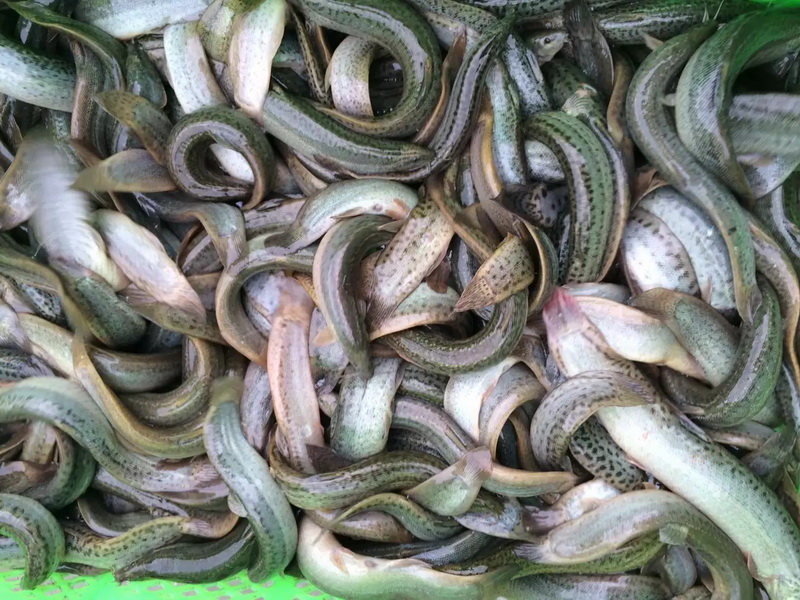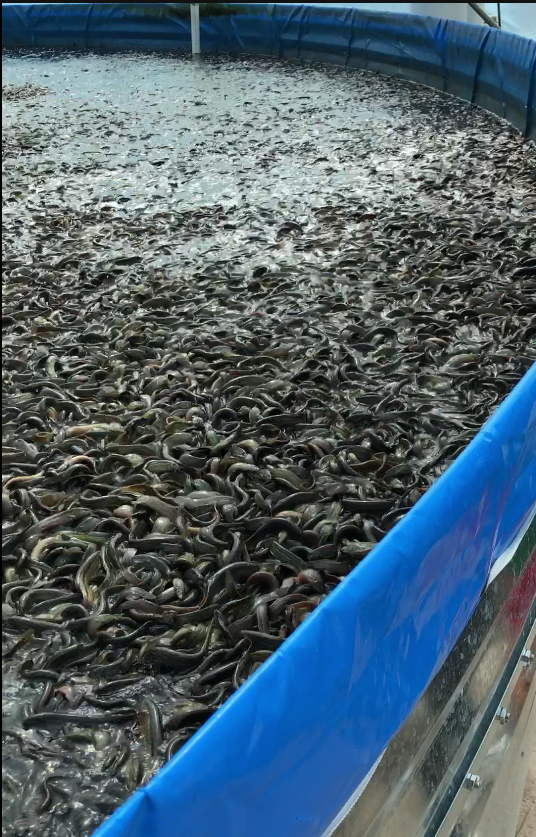Secret of indoor loach breeding
Loach is a common aquatic product. It has strong adaptability, high yield, low oxygen tolerance, rich nutrition and affordable price. Known as the "ginseng in water", loach can significantly improve the content of human blood albumin, according to my personal verification. Traditional mud autumn is cultivated in soil ponds. However, due to the limitations of water source, weather, disease and other factors, the aquaculture risk is large and the yield is low, and the finished product tastes poor. Therefore, indoor aquaculture loach is a new ecological aquaculture model with high benefits and low risks.
Mud ponds are used to raise loaches, which like to stay in the mud at the bottom of the pond. The bottom of the pond is often deposited with a large amount of rotten organic matter. Together with silt, it forms an anaerobic layer. Loaches can survive in these conditions. But because the dissolved oxygen in the pond water is relatively low, the content of ammonia nitrogen subsalt in the water is relatively high, and there may be hydrogen sulfide and other harmful substances. Therefore, the growth rate of loach is severely limited. There is a saying in the industry that "one day without oxygen, three days is not long". Once loaches are starved of oxygen, their growth rate will plummet. And the resistance goes down, and the incidence goes up. Especially in the late stage of Waitang cultivation, the organic matter in the water accumulated too much. An algae bloom. At night, algae also consume oxygen. If the breeding density is too high. Dissolved oxygen in water can easily approach the limit. It brings great risk to our breeding. Moreover, the meat of loach cultured in the pond will have a certain earthen smell. It affects its taste, which in turn affects the price of loach.

Indoor loach farming means factory farming of loach in greenhouses and other hardware facilities. Indoor farming of loach in factories can be in flowing water or in fully circulating water. More can be combined with the outer pond of low cost circulating aquaculture. The advantage of indoor loach farming is that it can basically eliminate the negative impact of water source, weather, disease and other factors on the aquaculture water body. In places where conditions permit, there is no soil in recirculating aquaculture, so the farmed loaches do not smell like soil and can be sold at a higher price. At the same time, because of the recirculating aquaculture model, we will have some control over the water quality. Each of the water quality indicators such as dissolved oxygen, PH, temperature, hardness and so on are more controllable. In this way, the loach can always live at the right temperature. The growth rate is faster, and the incidence of pests and diseases will decrease.
We can plant some aquatic plants such as water hyacinth in the breeding pond. These aquatic plants have a very developed root system. They're good for some good bacteria. These bacteria can decompose the organic matter produced by the loach and act as a biological filter. The root system can absorb some small particles of organic matter in the water and play the role of physical purification. The roots of the water hyacinth are a good shelter for the loach. In the general loach breeding farm, water hyacinth is essential. The symbiotic pattern of water hyacinth and loach is a good ecological breeding model.
The aquaculture density of loach can reach more than 50 kg per cubic meter by using recirculating aquaculture mode in indoor loach breeding. In the case of such high-density cultivation, the dissolved oxygen requirements for water bodies are very strict. Air is used as raw material to oxygenate water. The oxygen dissolved in the water is not enough to meet the needs of such a dense loach. So we have to oxygenate the water with pure oxygen. However, in most of the traditional aquatic aeration methods, pure oxygen is passed through some auxiliary equipment such as explosion disk and jet device, so that pure oxygen forms small bubbles in the water. The use of oxygen in contact with water to add dissolved oxygen to the water. But that would be a huge waste of pure oxygen. According to the normal aquaculture water depth of about one meter two. The amount of time a millimeter diameter of pure oxygen stays in water. No more than two seconds. Pure oxygen is in contact with water for a very short time. The diameter of the bubble is too large. The area in contact with the water is very small. So the utilization of pure oxygen is very low.

For indoor loach breeding, in order to improve the dissolved oxygen in the water, we need a more cost-effective way. Pure oxygen dissolver was born under this demand. He worked from the saturated dissolved oxygen value of water at current temperatures. Insoluble oxygen remains in the sealed tank. That way the pure oxygen doesn't get wasted. The cost of farming would be greatly reduced.
In addition to the above advantages, indoor loach farming can also use the Internet of Things system such as dissolved oxygen detection. The recirculating aquaculture system is monitored and controlled remotely by mobile phones and computers. Not only is the cost of farming minimized. It can also bring higher reliability to the operation of the whole system. The loach produced under this condition has a faster growth rate, higher yield and better meat quality than the loach reared in the traditional soil pond. The final result is that our profit can reach an amazing level.
Indoor aquaculture loaches, in addition to high yield, grow fast. Another advantage is that we can ensure the stability of each parameter of the water body. That way we don't have to limit ourselves to seasonal farming. We can follow the stepwise breeding method, constantly cast seedlings, constantly sell. Farming out of season. According to the market demand, the rhythm of the price to carry out planned sales. It can also maximize the profit of breeding at the sales end.

